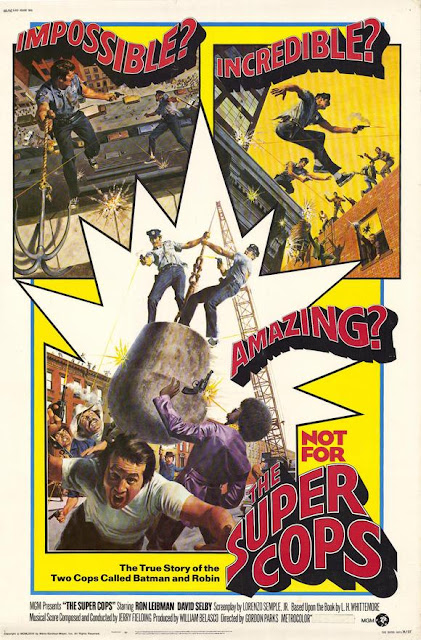Years before the cult-favorite 1989-1996 HBO series reintroduced the title Tales from the Crypt into popular culture, the notoriously gory short stories that first appeared in the EC Comics periodical of that name inspired a pair of British anthology films. Here’s the backstory: Published by William Gaines, EC Comics’ horror titles were scandalized during a mid-1950s witch hunt that blamed comic books for juvenile delinquency. Gaines’ books were easy targets, with their viscera-laden morality tales about nefarious people suffering horrifically ironic fates; the vignettes were like O. Henry yarns with dismemberments. All of Gaines’ horror books were canceled as a result of censorship pressures—yet once the passage of two decades made lighthearted bloodshed socially acceptable again, Amicus Productions, the English company that briefly competed with Hammer Films for dominance of the lucrative Brit-horror market, licensed a slew of EC stories for a pair of films.
Unfortunately, neither movie is particularly good. One gets the impression that brisk shooting schedules were to blame, since the acting and photography feel rushed, and, as a result, neither picture evokes the beloved shadowy atmosphere of the source material. The first picture, Tales from the Crypt, includes a familiar framing device: A character called the Crypt Keeper (Ralph Richardson) gathers several people into a mysterious tomb and exposes them to visions of horrible things they might or might not have done. Instead of the cackling cadaver from the comics or the HBO series, however, Richardson is just a bitchy old Englishman, sort of like an otherworldly schoolmaster.
The five episodes in Tales from the Crypt are unnecessarily long-winded, though Tales benefits from the participation of Hammer Films stalwarts including director Freddie Francis and actor Peter Cushing. In the most generic episode, “All Through the House,” Joan Collins plays a murderous wife who gets stalked by a psycho on Christmas Eve, and in the most sadistic story, “Blind Alleys,” Nigel Patrick plays a former Army major who runs a home for the blind with ruthless efficiency until his charges exact bloody revenge. The picture also features “Wish You Were Here,” the umpteenth variation of the old short story “The Monkey’s Paw,” about people who get into trouble by making unwise wishes. Everyone delivers professional work in front of and behind the camera, but it’s all quite rote.
The follow-up flick, The Vault of Horror, features more of the same, albeit with more efficiency and less impressive marquee value. In the most amusing episode, “The Neat Job,” a memorably prissy Terry-Thomas plays a clean freak who drives his wife to murderous distraction, leading to a gruesomely appropriate fate. Several Vault episodes go the supernatural route, including “Drawn and Quartered,” featuring onetime Dr. Who star Tom Baker as an artist using voodoo to kill people who stole his work, and “This Trick’ll Kill You,” with Curt Jurgens as a magician who steals a gag from the wrong snake-charmer. The problem with these movies, aside from their unrelenting gruesomeness, is the formulaic story structure: villain does creepy stuff, villain gets bloody comeuppance. Some episodes have more zing than others, but the novelty wears off quickly.
Tales from the Crypt: FUNKY
The Vault of Horror: FUNKY






















